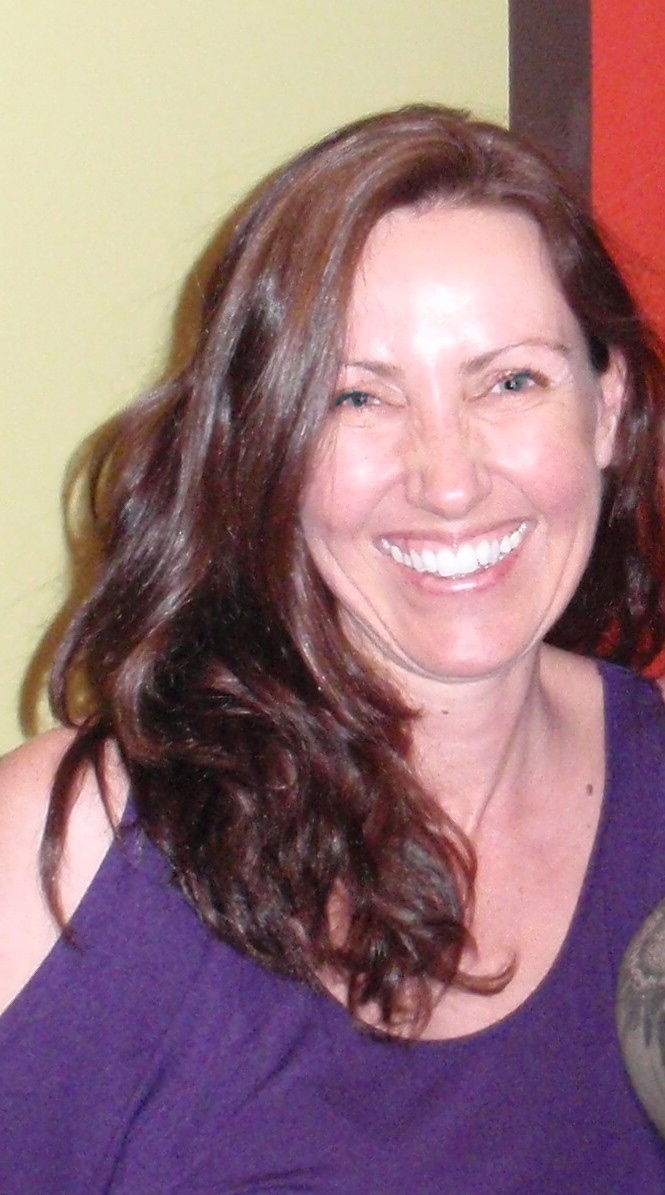
I truly believe that our bodies have an innate ability to heal themselves. Many of you might have experienced this in your own life or witnessed it with a family member or friend. When our bodies are acting up, letting us know that it is time to reconsider our goals and perform an internal check up with our purpose of being in this human experience.
Achieving true health might not happen instantly but it is long-lasting and authentic, meaning it doesn’t just treat symptoms like medication does. Our bodies possess an enormous capacity to heal themselves.
Disease generally occurs when we overuse and abuse our bodies or deprive them of basic requirements to keep us healthy over extended periods. The main reasons our bodies get sick or develop degenerative diseases are inflammations, infections, and extreme stress.
It takes our bodies about 90 days to build a brand new bloodstream, 11 months to renew billions of new soft cells and only two years to build new bones. That is such wonderful news because it shows us that we can heal anything we have created in our bodies if we make a commitment to improve our lives long term. The holistic way to get and stay well, is to STOP doing the things that cause disease and START doing the things that rebuild the immune system.
Here a few simple and effective things you can do to improve your health and well-being.
Oxygen is our number one source of energy because it nourishes all living things. Nothing would exist without oxygen.
You can increase your daily oxygen intake by adopting a breathing practice into your life. This will increase your metabolism, your ability to deal with stress and improve your digestion.
“Here’s how to take a deep, healing, diaphragmatic breath: First steps.
Find a comfortable, quiet place to sit or lie down. Start by observing your breath. First take a normal breath. Now try taking a slow, deep breath. The air coming in through your nose should move downward into your lower belly. Let your abdomen expand fully. Now breathe out through your nose. Alternate normal and deep breaths several times. Pay attention to how you feel when you inhale and exhale normally and when you breathe deeply. Shallow breathing often feels tense and constricted, while deep breathing produces relaxation.
Now practice diaphragmatic breathing for several minutes. Put one hand on your abdomen, just below your belly button. Feel your hand rise about an inch each time you inhale and fall about an inch each time you exhale. Your chest will rise slightly, too, in concert with your abdomen. Remember to relax your belly so that each inhalation expands it fully.
Breathe focus in practice. Once you’ve taken the steps above, you can move on to regular practice of breath focus. As you sit comfortably with your eyes closed, blend your breathing with helpful imagery and a focus word or phrase that will help you relax. Imagine that the air you breathe in washes peace and calm into your body. As you breathe out, imagine that the air leaving your body carries tension and anxiety away with it. As you inhale, try saying this phrase to yourself: “Breathing in peace and calm.” And as you exhale, say: “Breathing out tension and anxiety.”
Ten minutes of breath focus is a reasonable goal.
Check out diaphragmatic breathing http://www.health.harvard.edu/newsletters/Harvard_Mental_Health_Letter/2009/May/Take-a-deep-breath
Clean, restructured, energized Water is necessary for the body to function properly. Water is the essence of all life. Up to 70% of the human adult body is water. Please let me be clear here, coffee, tea, soda, juices or alcohol does not count as water. 🙂
The proper amount of water to intake is 1/2 once per pound of our body weight. This is what is needed to hydrate properly.
For example:
A person who has 135 pounds of body weight should drink 65 ounces of water which is about 2 liters or 8,5 cups a day.
The proper intake of water will help your body to get rig of inflammation and will keep your organs sufficiently hydrated so they don’t have to work in overdrive.
Compare your water intake to the oil your put in your car engine. You know that your car needs to have enough oil to run smoothly. The same is true for your body.
Daily exercise is needed to move toxins out and to allow nutrients in.
If you rest your body will eventually rust. Exercise will keep you physically healthy but also mentally and emotionally balanced.
According to studies performed by the Mayo Clinic exercise eases depression in a number of ways, which may include:
1. Releasing feel-good brain chemicals that may ease depression (neurotransmitters and endorphins)
2. Reducing immune system chemicals that can worsen depression
3. Increasing body temperature, which may have calming effects
Exercise has many psychological and emotional benefits too. It can help you:
1. Gain confidence. Meeting exercise goals or challenges, even small ones, can boost your self-confidence. Getting in shape can also make you feel better about your appearance.
2. Take your mind off worries. Exercise is a distraction that can get you away from the cycle of negative thoughts that feed anxiety and depression.
3. Get more social interaction. Exercise may give you the chance to meet or socialize with others. Just exchanging a friendly smile or greeting as you walk around your neighborhood can help your mood.
4. Cope in a healthy way. Doing something positive to manage anxiety or depression is a healthy coping strategy. Trying to feel better by drinking alcohol, dwelling on how badly you feel, or hoping anxiety or depression will go away on its own can lead to worsening symptoms.
http://www.mayoclinic.org/diseases-conditions/depression/in-depth/depression-and-exercise/art-20046495
Our bodies were designed to move in multiple ways. Yoga, walking, biking, weight lifting, dancing all can bring joy and vitality into your life. Find the kind of movement that fits your lifestyle and body and make a commitment to move daily. As a result your will feel mobile, flexible and strong no matter what age you are.
Photo Credit: (No copyright Infringement Intended.)
About the Author:
After earning a degree in Social Work in Germany, Gabrielle worked for several years with mentally disadvantaged children and coma patients. Her responsibilities included providing guidance as a life counselor for her clients and their families.Today, Reverend Gabrielle Orr is a certified Akashic Record Teacher and Consultant, Healing Touch Practitioner, Reiki Master, Body Talk Practitioner, EFT Practitioner, Massage Therapist, and Feng Shui Consultant. She teaches Akashic Record Classes and Retreats internationally since 2002.
Facebook: http://www.facebook.com/GabrielleOrr





